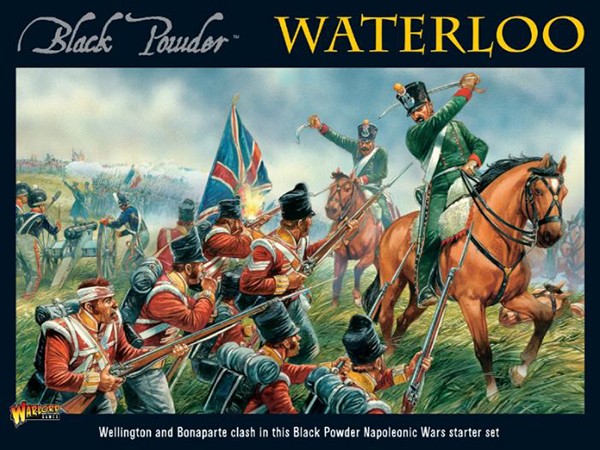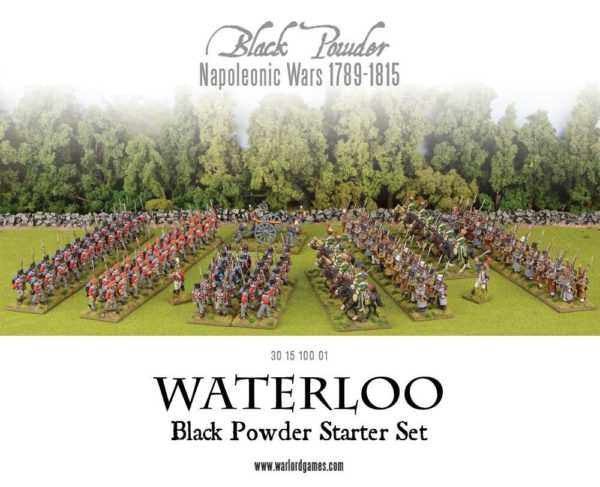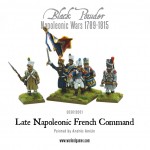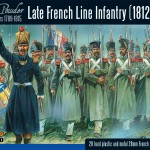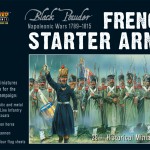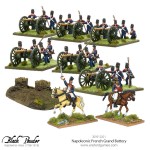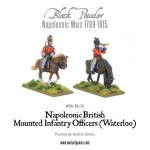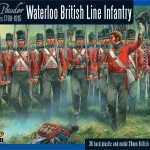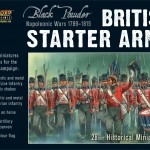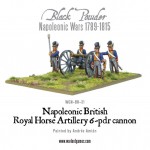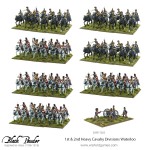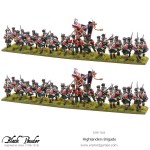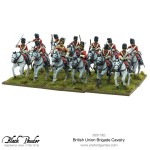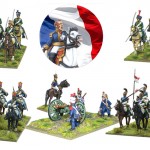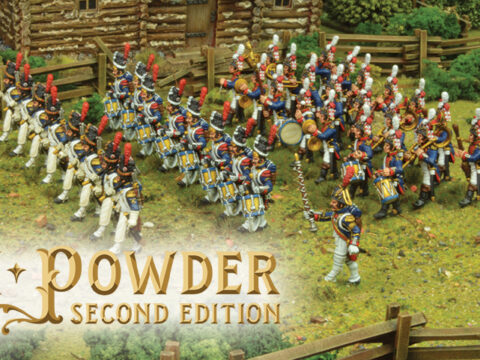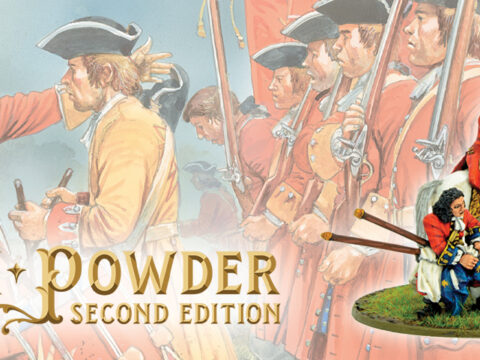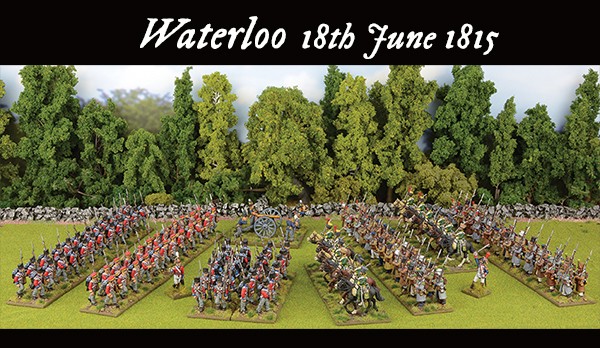 The Final Assault
The Final Assault
The fight for Plancenoit had taken the French attention away from Wellington’s army and bought him valuable time, during which he could reinforce his battered centre. Brunswickers, Belgians, Dutchmen and British plugged the gaps. However, the French artillery kept up their constant bombardment. Napoleon had steadied his right wing with the recapture of Plancenoit, and all he needed to do now was to exploit the hard-pressed Allied centre. He would use his last reserve to do so.
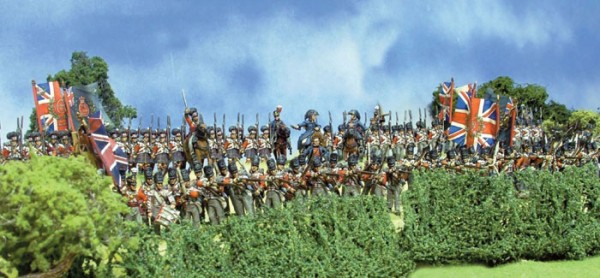
With their Emperor at their head, eight battalions of the Imperial Guard moved from La Belle Alliance to south of La Haye Sainte and to the left of the Brussels to the Charleroi road. The band of the Imperial Guard marched along the road playing the triumphant march ‘Carrousel’. The Middle Guard formed the first line, whilst three battalions of the Old Guard moved in support. To raise morale Napoleon sent aides throughout his army declaring that Grouchy had arrived and for a while the ruse worked, thousands of Frenchmen believing that they were close to victory. Stragglers and the lightly wounded rejoined their ranks, while cries of “En Avant!” and “Vive l’Empereur!” rang out again.
As the Guard were joined in the attack by rallied men from Reille’s and D’Erlon’s Corps, at the orchard just south of La Haye Sainte Napoleon handed over command of the assault to Ney. The Guards advanced in square, ensuring that they could not be ridden down by cavalry. The greatest warriors that Napoleon could offer set off up the slope towards the British at 7.30pm, drummers beat out the ‘pas de charge’ whilst artillery batteries moved between the battalion squares to get nearer to the Allied line to support their infantry. In turn, the advancing Imperial Guard felt the weight of the Allied artillery batteries.
Stalwart Defence
The 1/3 and 4th Grenadiers advanced on Colin Halkett’s Brigade – the 30th Cambridgeshire, 33rd West Riding, 69th South Lincolnshire and 73rd Highland Regiments. These redcoats had suffered terrible casualties, but they resolved to meet the French Guard. To the right of the Grenadiers, Donzelot’s Brigade, the remnants of nine fine battalions, advanced on the Brunswick and Nassau infantry. The Brunswickers were moments from giving way, but the Duke recognised the danger and personally steadied them, whilst the Duke of Nassau Regiment checked and then put Donzelot’s men to flight. Inexplicably at this point of victory the 2nd Nassau Battalion broke and fled. As the Grenadiers closed on Halkett’s Brigade, Halkett asked for silence from his command and then ordered that the French be given a volley. The British musketry fire was murderous, and with a cry of ‘huzzah!’ they made to charge the French grenadiers.
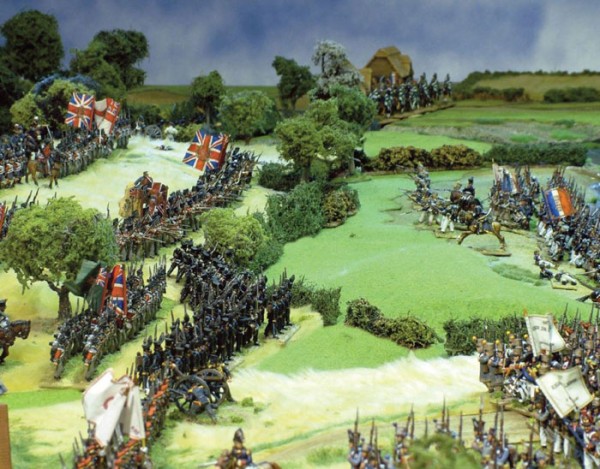
The effects of the British volley had shattered them and the charge of the British caused them to turn tail and run. As they fled the French were plastered with grapeshot, the slaughter being tremendous. Halkett, not wishing to over extend his command, ordered them back to the shelter of the ridge. While the victorious British battalions turned to make their way to safety, French cannon fire created mass confusion and panic, causing the brigade to break and dash for safety. Thankfully the brigade rallied once in cover, just in time to see a column of Dutch infantry, with their shakos on their bayonets, charge down the slope after the fleeing French.
The next battalions of the first assault wave to make contact were the 1/3 and 2/3 Chasseurs, marching directly at Peregrine Maitland’s Guards Brigade. The British Guards had been sheltering in a ditch from the furious cannonade and were hidden from view of the advancing French. As the Chasseurs closed, Wellington ordered the British Guardsmen to stand up. The startled French were thrown into confusion by a tremendous volley that shattered their formations; the British then delivered a bayonet charge that saw off the Chasseurs. Once again at the point of victory the victorious Foot Guards became aware of the 4th Chasseurs closing in. The Guards fell into some confusion and retreated back up the ridge. The Chasseurs, buoyed by the sight of the retreating British Guards pressed on, only to be met by the 52nd Oxfordshire Light infantry. The Oxfordshire’s commander, Colonel John Colborne, manoeuvred his battalion in line to outflank the French chasseurs. The 52nd delivered a devastating volley into the advancing French. Colborne then screamed “Charge!” With this, the Oxfordshires broke the Chasseurs at the point of the bayonet.
French Retreat
“The Guard retreats. Save yourself if you can!” could be heard all along the French lines. Now British and Prussian pressure heralded the mass retreat of the French army. In moments the army disintegrated into a mob, many throwing away equipment and thinking only of self-preservation. The only formed units left in the French army were the three proud battalions of the Old Guard. Under severe pressure these squares were broken up, and the battle was over. Napoleon turned to General Henri Bertrand and said “A present c’est fini, sauvons nous” (“it is now finished, let us save ourselves”).
The Emperor of the French left the field of dead flesh, whilst Blücher and Wellington met near La Belle Alliance. It was 9pm, the victory was complete. Blücher embraced Britain’s finest general and said “Quelle affaire!”
Aftermath
Wellington’s army suffered just over 16,000 casualties at the hands of the French, whilst Old Blücher lost half that number – the French reported to have lost 46,000 (Quelle Affaire, indeed!). Grouchy managed to extricate his 33,000 men after defeating the Prussians at Wavre, but the remnants were not enough to save Napoleon. With coalition forces advancing on the French capital, he abdicated on the 24th of June. He tried to bolt for the United States, but with the Royal Navy blockading French ports, he could do nothing but surrender. The Treaty of Paris brought the Napoleonic Wars to an end on the 20th of November 1815. Louis XVIII regained the French throne, whilst Napoleon was sent into exile on the island of St Helena where he died in 1821.
Return to previous parts
History: The Battle of Waterloo – part 1
History: The Battle of Waterloo – part 2
History: The Battle of Waterloo – part 3
History: The Battle of Waterloo – part 4
Begin your Waterloo!
